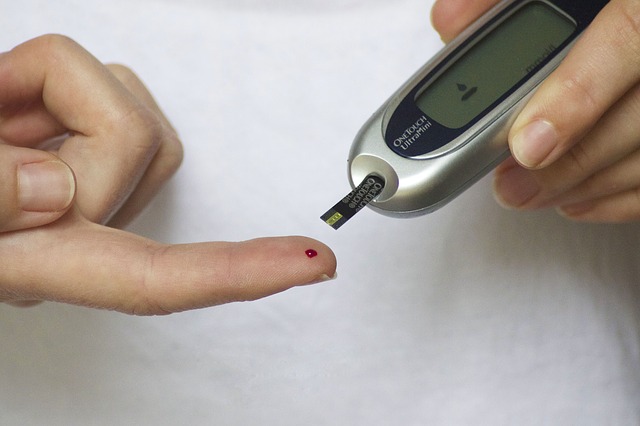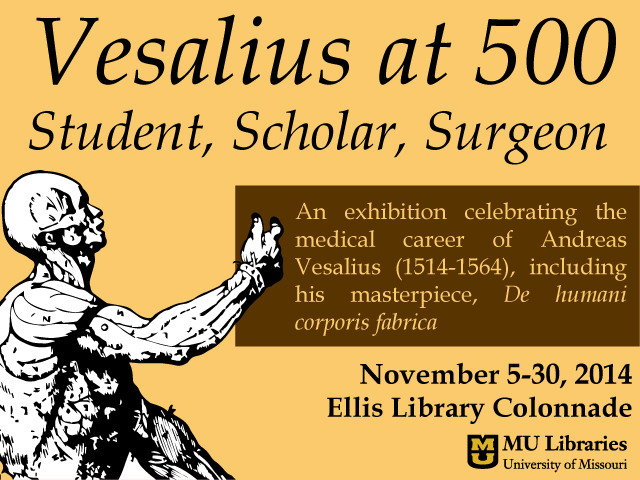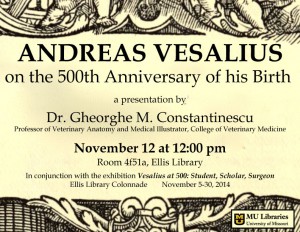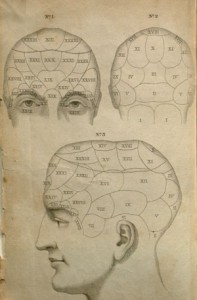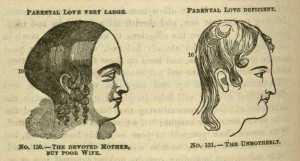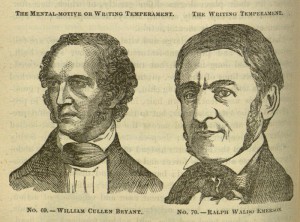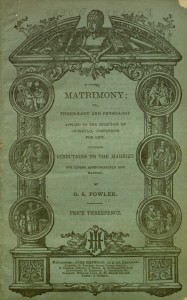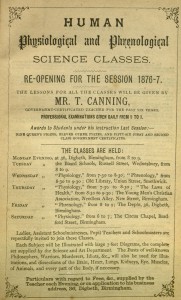This month’s open access article features several University of Missouri School of Medicine Faculty:
- Dr. Javad Habibi, PhD., Dr. Annayya Aroor, MD., Dr. Guanghong Jia, PhD., and Dr. Vincent DeMarco, PhD. are all Assistant Research Professors in the department of Endocrinology, Diabetes, and Metabolism.
- Dr. Jim Sowers, MD., is a Professor of Medicine, Physiology/Pharmacology, Vice Chair for Research in the Department of Internal Medicine, and Director of the Endocrinology, Diabetes & Metabolism Division. In 2017, Dr. Sowers was awarded the Samual Eichold II Memorial Award for Contributions in Diabetes from the American College of Physicians. The award recognizes those who have made important health care delivery innovations for diabetic patients or research that significantly improves quality of care or clinical management of diabetes.
- Dr. R. Scott Rector, PhD., is an Associate Professor in Internal Medicine-Division of Gastroenterology and Hepatology. Dr. Rector’s primary research interests include the role of exercise training, lifestyle modifications, and pharmacological interventions upon oxidative stress and liver metabolism.
- Dr. Adam Whaley-Connell, DO., is an Associate Professor of Medicine and Associate Chief of Staff for Research and Development. His research interests include hypertension, and kidney disease.
The research team’s article, Sodium glucose transporter 2 (SGLT2) inhibition with empagliflozin improves cardiac diastolic function in a female rodent model of diabetes was published in Cardiovascular Diabetology in January 2017. Cardiovascular Diabetology is an open access journal that publishes research on all “aspects of the diabetes/cardiovascular interrelationship and the metabolic syndrome; this includes clinical, genetic, experimental, pharmacological, epidemiological and molecular biology research.” With a high impact factor and maxiumum visibilty of articles due to their open access policy, this journal has a wide and global audience.
Here is an excerpt from the abstract:
Obese and diabetic individuals are at increased risk for impairments in diastolic relaxation and heart failure with preserved ejection fraction. The impairments in diastolic relaxation are especially pronounced in obese and diabetic women and predict future cardiovascular disease (CVD) events in this population. Recent clinical data suggest sodium glucose transporter-2 (SGLT2) inhibition reduces CVD events in diabetic individuals, but the mechanisms of this CVD protection are unknown. To determine whether targeting SGLT2 improves diastolic relaxation, we utilized empagliflozin (EMPA) in female db/db mice.
…
In summary, EMPA improved glycemic indices along with diastolic relaxation, as well as SGK1/ENaC profibrosis signaling and associated interstitial fibrosis, all of which occurred in the absence of any changes in BP.
